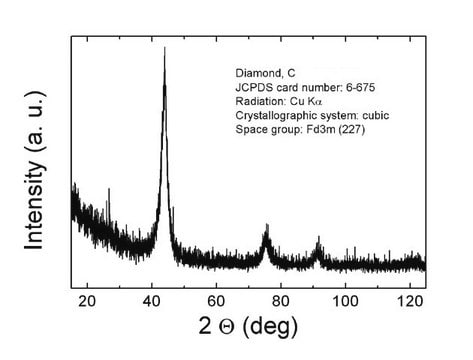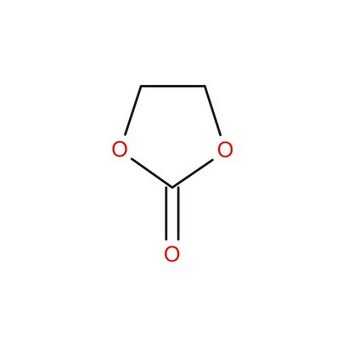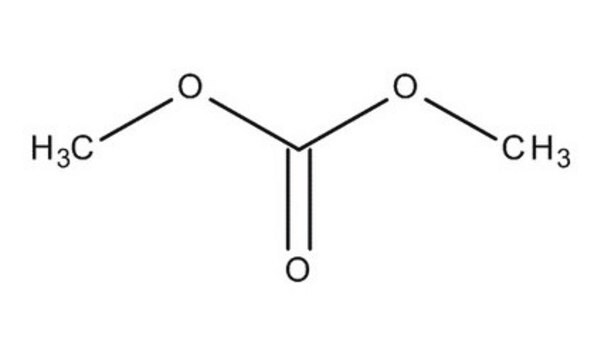483583
Diamond
synthetic polycrystalline powder, ~1 μm
Sign Into View Organizational & Contract Pricing
All Photos(1)
About This Item
Empirical Formula (Hill Notation):
C
CAS Number:
Molecular Weight:
12.01
EC Number:
MDL number:
UNSPSC Code:
12352103
NACRES:
NA.23
Recommended Products
form
synthetic polycrystalline powder
particle size
~1 μm
density
3.5 g/mL at 25 °C (lit.)
application(s)
battery manufacturing
Looking for similar products? Visit Product Comparison Guide
Application
Polycrystalline diamond (PCD) may be used as abrasives for cutting, drilling and milling.
Storage Class Code
13 - Non Combustible Solids
WGK
nwg
Flash Point(F)
Not applicable
Flash Point(C)
Not applicable
Personal Protective Equipment
dust mask type N95 (US), Eyeshields, Gloves
Choose from one of the most recent versions:
Already Own This Product?
Find documentation for the products that you have recently purchased in the Document Library.
The application of polycrystalline diamond (PCD) tool materials when drilling and reaming aluminium based alloys including MMC.
Coelho R T, et al.
International Journal of Machine Tools and Manufacture, 35(5), 761-774 (1995)
Characterisation of thermally degraded polycrystalline diamond
Ewald Westraadt J, et al.
International Journal of Refractory Metals & Hard Materials, 48, 286-292 (2015)
M K Atumi et al.
Journal of physics. Condensed matter : an Institute of Physics journal, 25(6), 065802-065802 (2013-01-15)
Diamond has many extreme physical properties and it can be used in a wide range of applications. In particular it is a highly effective particle detection material, where radiation damage is an important consideration. The WAR9 and WAR10 are electron
Joanna Nowicka et al.
Medycyna doswiadczalna i mikrobiologia, 64(3), 189-196 (2013-01-05)
Infections caused by Staphylococcus epidermidis form frequent complications after implantation of foreign bodies, including orthopedic implants. The ability of adhesion to synthetic surfaces is influenced by both the properties of the microorganisms under concern as well as physicochemical properties of
Jayakumar Shalini et al.
Nanoscale, 5(3), 1159-1167 (2013-01-05)
Significant difference was observed for the simultaneous detection of dopamine (DA), ascorbic acid (AA), and uric acid (UA) mixture using nitrogen incorporated diamond nanowire (DNW) film electrodes grown by microwave plasma enhanced chemical vapor deposition. For the simultaneous sensing of
Our team of scientists has experience in all areas of research including Life Science, Material Science, Chemical Synthesis, Chromatography, Analytical and many others.
Contact Technical Service








